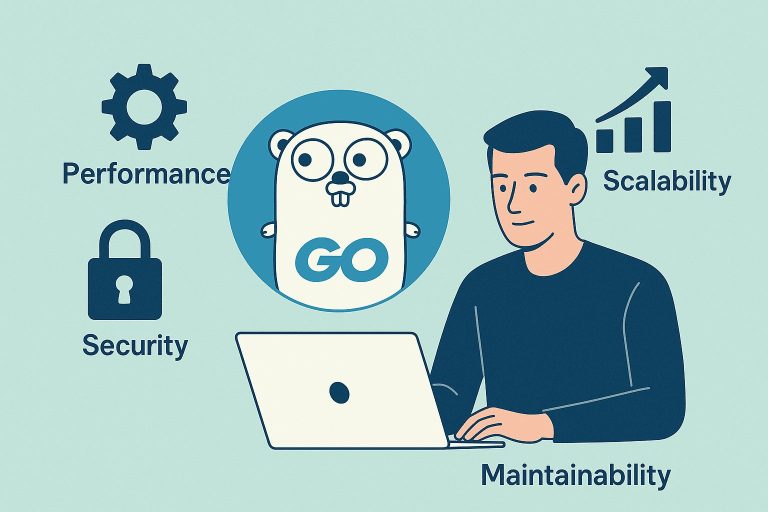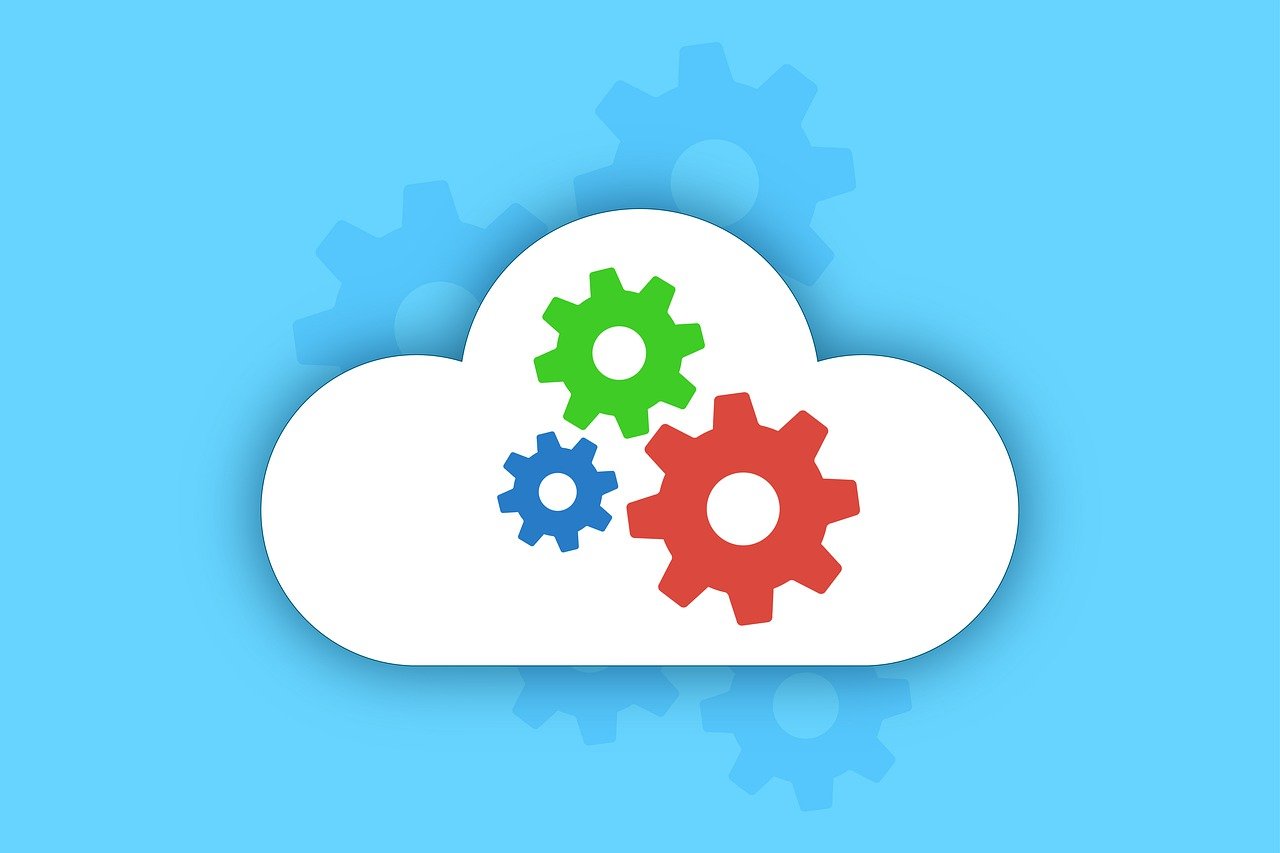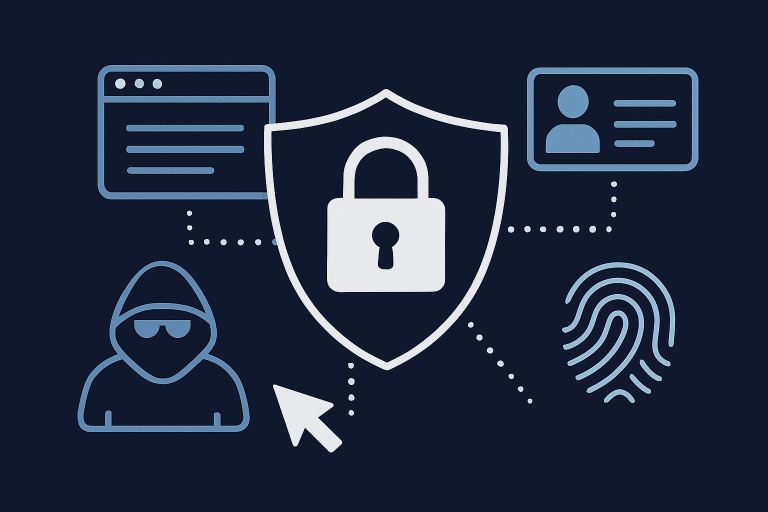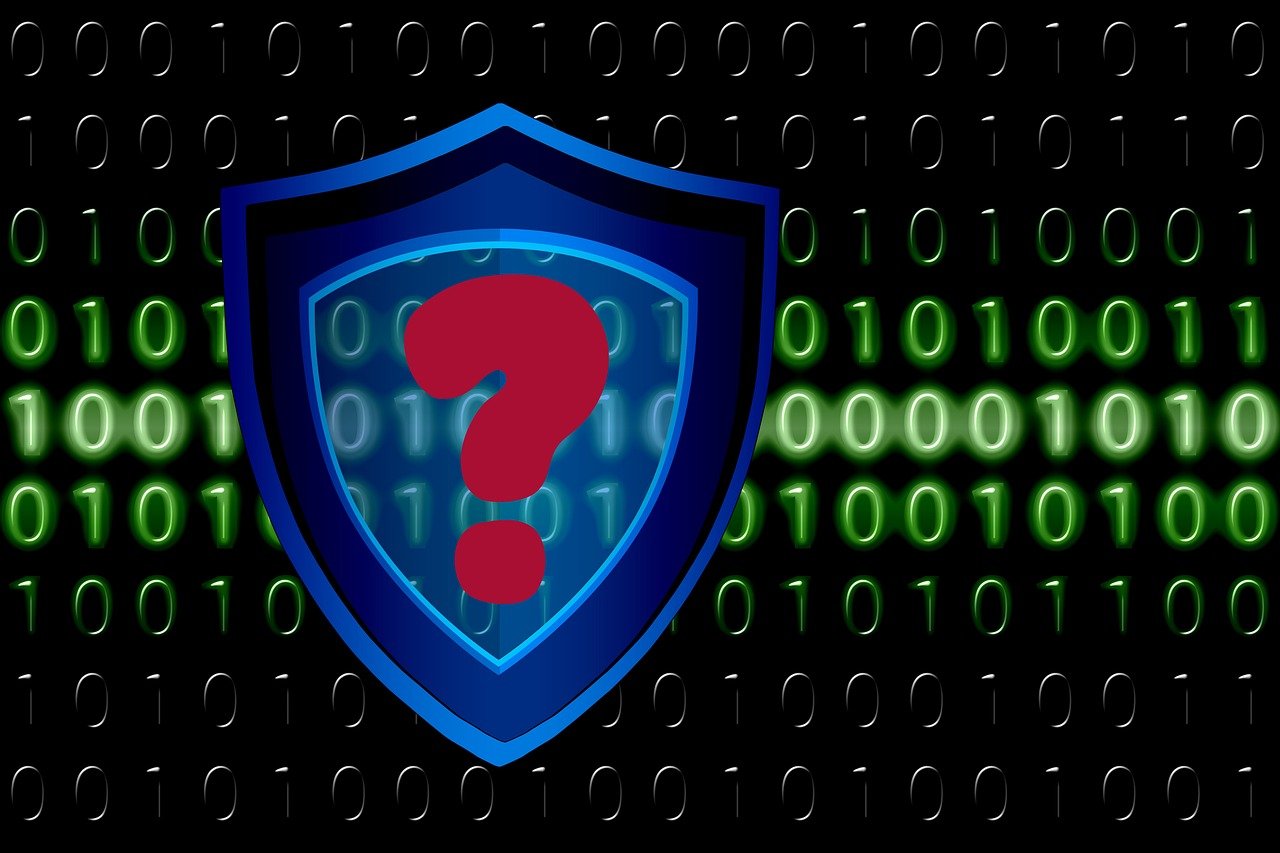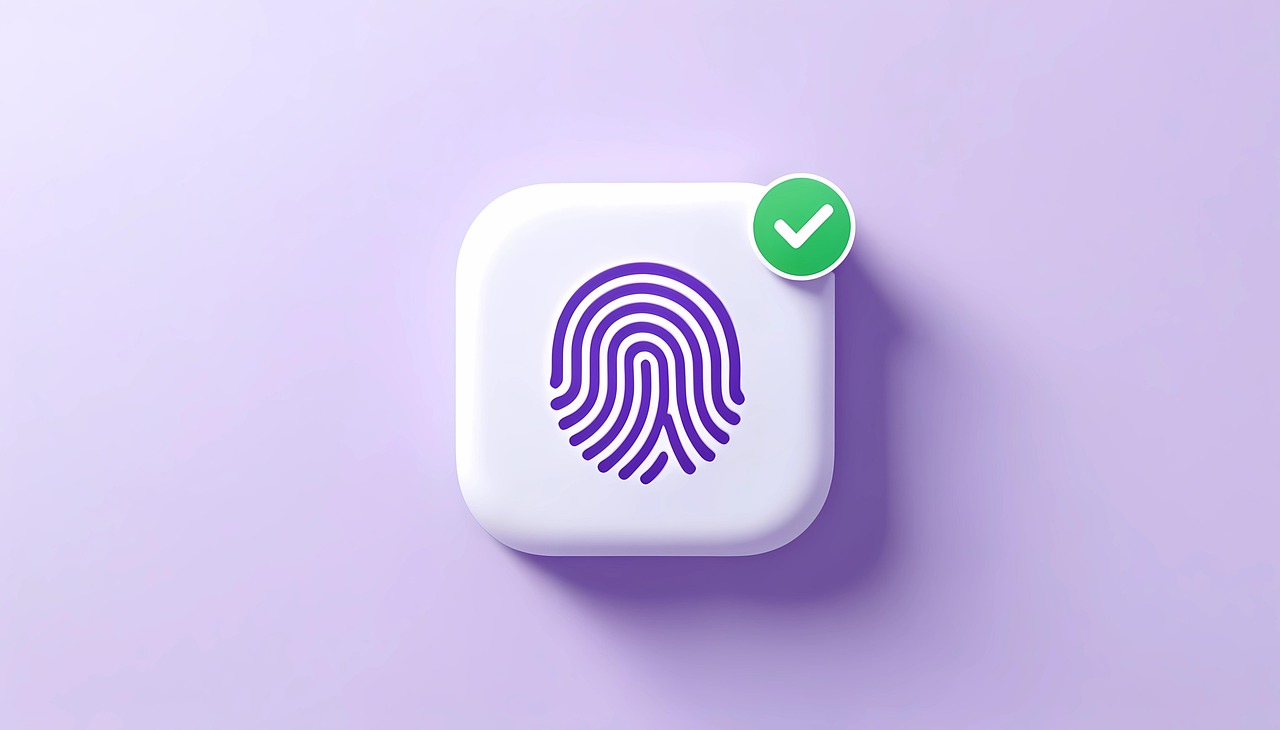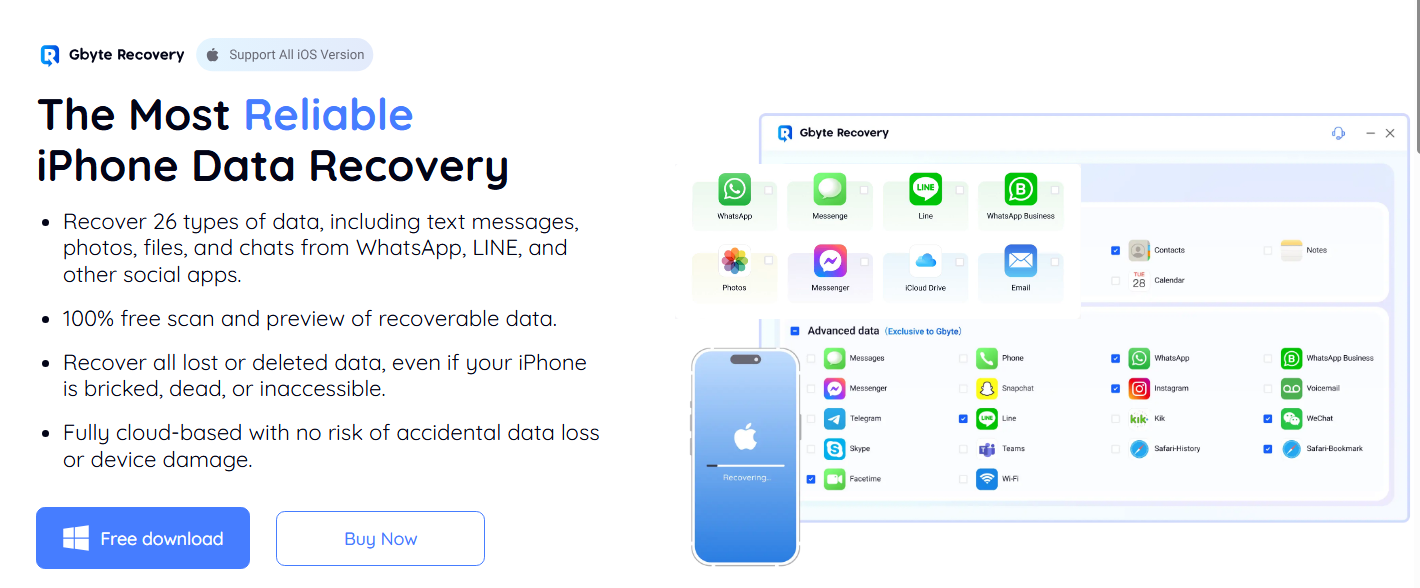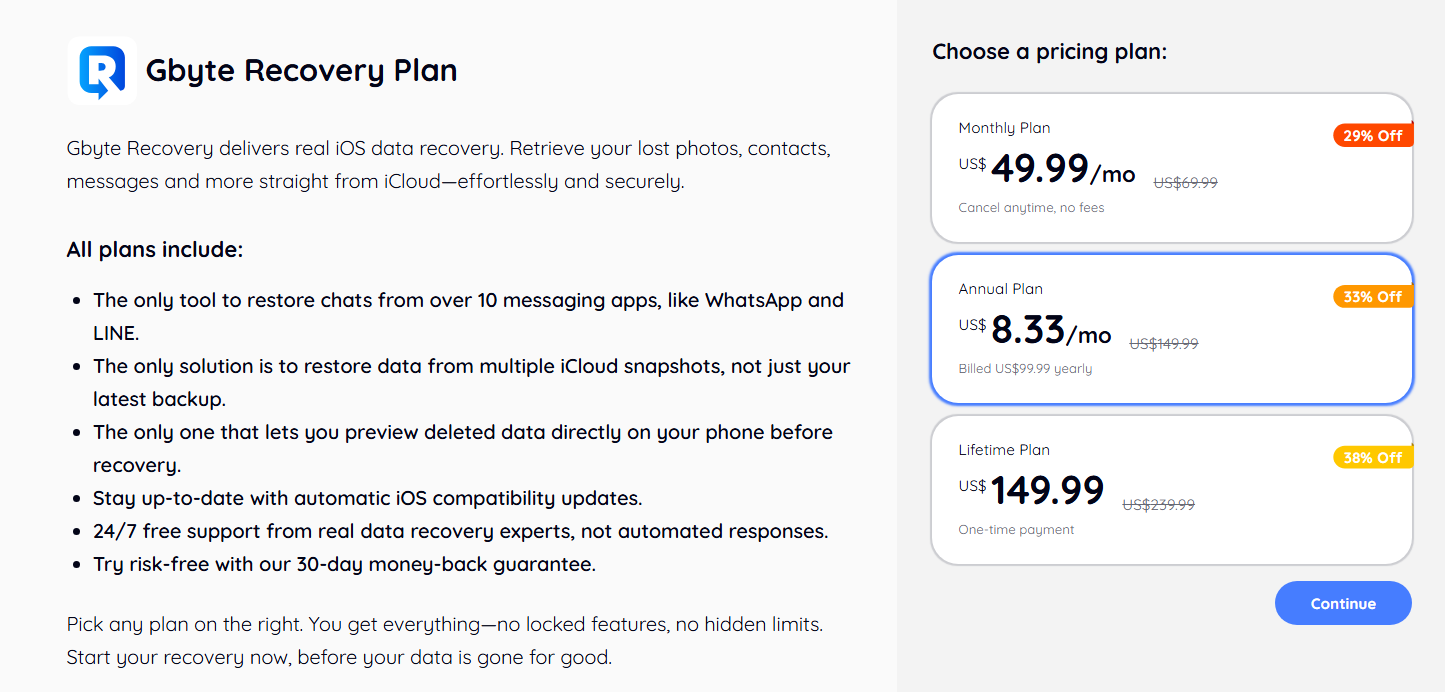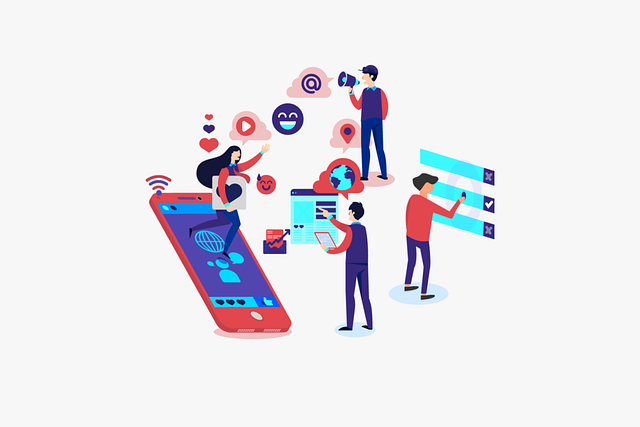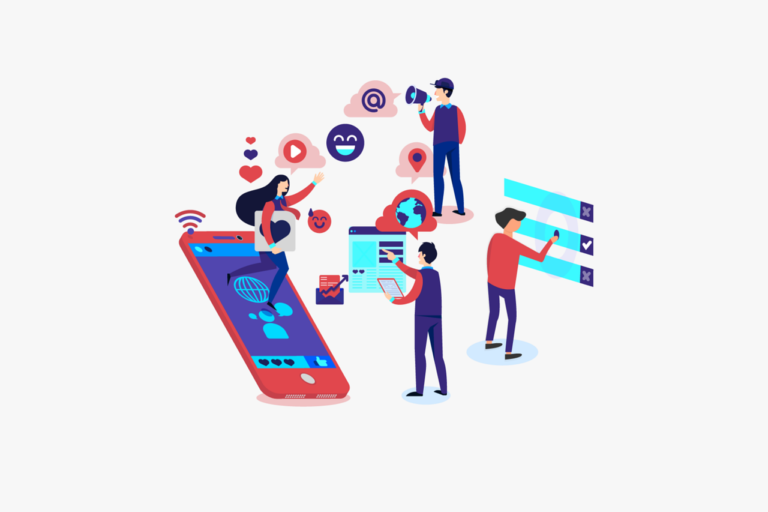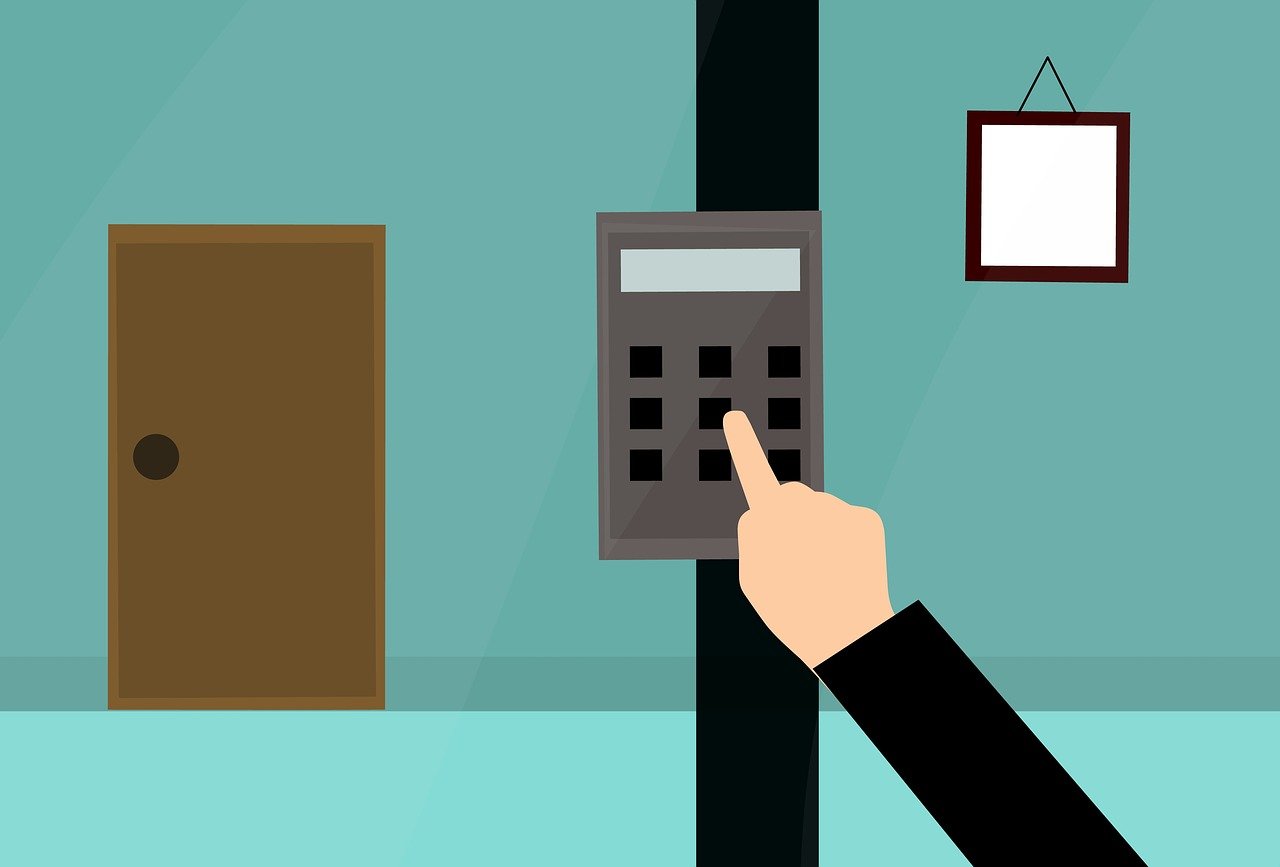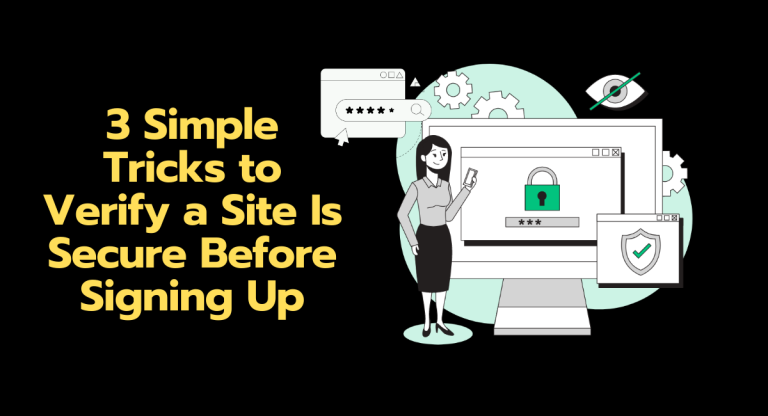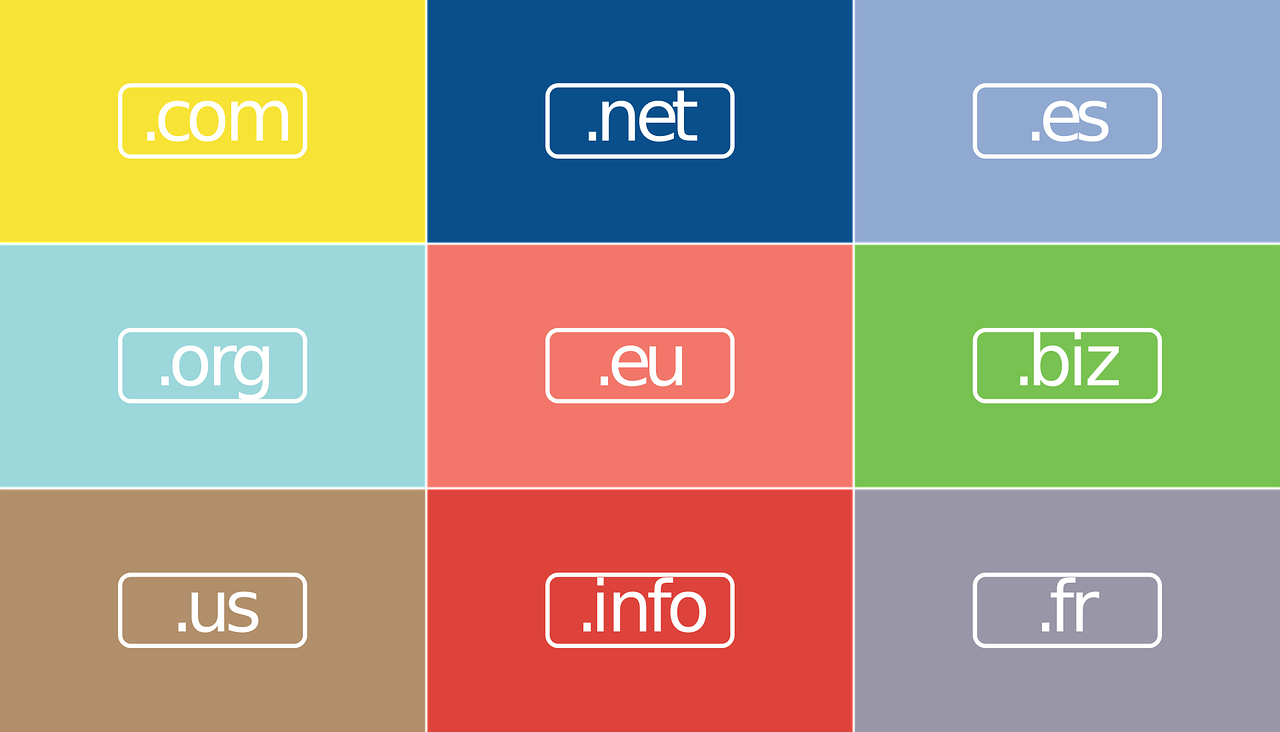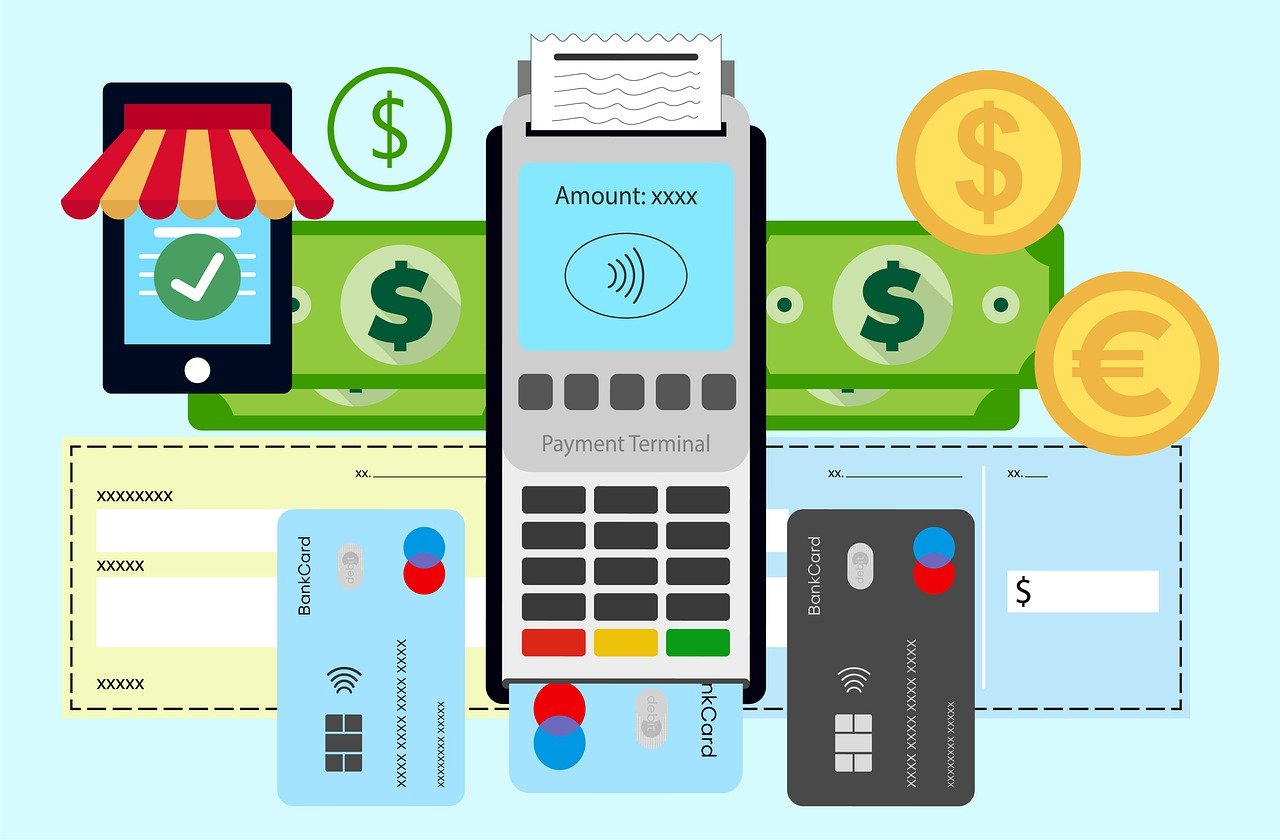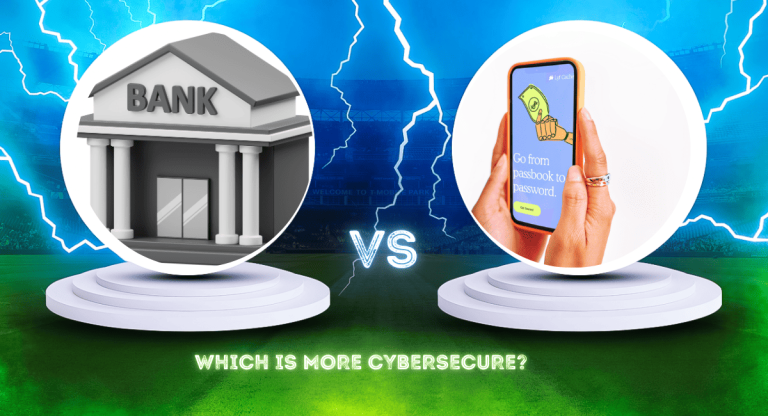Learn how businesses benefit from custom Golang development support for long-term scalability.
Building scalable, high-performance software is no longer an option; it’s a necessity for businesses looking to stay competitive.
Whether you’re running a healthcare platform that must comply with strict regulations or a fast-growing SaaS product with millions of users, Golang development services provide the performance, security, and flexibility needed to scale effectively.
This article explores how companies benefit from custom Golang solutions and why it’s strategic to hire Golang developer teams for long-term success.
Table of Contents
Why Golang Is Built for the Future?
Golang, also known as Go, was created by Google to address the limitations of traditional programming languages like Java and C++. Its combination of simplicity and raw speed makes it a top choice for large-scale, mission-critical projects.
Compared to Python or Ruby, Go offers significantly faster compilation times and native concurrency support. This means developers can build applications capable of handling thousands of simultaneous requests without sacrificing performance a critical factor in industries like healthcare, finance, and e-commerce.
Key Business Benefits of Custom Golang Development
1. Exceptional Performance and Concurrency
Golang is designed for high performance. Its compiled nature produces binary executables that run almost as fast as C or C++. For example, when hospitals build real-time patient monitoring systems, they require a platform that can process large volumes of data instantly.
Go’s lightweight goroutines requiring only 2 KB of memory each enable seamless concurrent processing without complex code management.
This concurrency model allows businesses to handle millions of simultaneous operations, ensuring that applications remain fast and responsive even as traffic grows.
2. Scalability Without Complexity
A scalable software architecture must handle rapid growth without costly refactoring. Go’s simplicity and built-in concurrency features make scaling straightforward.
Consider a telemedicine startup expanding to serve multiple states. By choosing to hire Golang developer teams, they can ensure the platform efficiently supports thousands of daily consultations without service interruptions.
Go’s modular design also makes it easy to add new features or microservices as business requirements evolve.
3. Strong Security and Compliance Readiness
For industries like healthcare and finance, compliance with regulations such as HIPAA and GDPR is non-negotiable. Golang’s standard library provides robust security features like built-in encryption and secure networking protocols, reducing the risk of vulnerabilities.
When combined with experienced golang development services, businesses can design applications that meet strict data protection standards. For example, a healthcare platform processing electronic health records can leverage Go’s security and type safety to ensure patient data remains protected while still delivering a fast and seamless user experience.
4. Long-Term Maintainability and Cost Efficiency
Code that is easy to maintain reduces long-term costs. Golang’s clean syntax, minimal dependencies, and static typing make it easier to manage large codebases over time.
For example, a global logistics company scaling its tracking platform benefits from Go’s maintainability.
Developers can quickly onboard, troubleshoot, and extend the system without technical debt, saving both time and operational costs. This maintainability ensures that applications remain reliable even years after their initial deployment.
Real-World Scenarios: Why We Hire Golang Developers
Many organizations across sectors have successfully adopted Go:
- Healthcare: Hospitals and telehealth providers use Go to build HIPAA-compliant patient portals capable of handling thousands of concurrent logins and real-time updates.
- Fintech: Payment platforms rely on Go’s performance and concurrency to process millions of transactions daily with minimal latency.
- Streaming Services: Companies like YouTube and Netflix leverage Go to manage high-volume streaming workloads while ensuring reliability and uptime.
These examples highlight why businesses consistently choose to hire Golang developer teams to deliver scalable, high-performance applications.
Comparing Golang to Other Popular Languages
While Python and Java remain popular in healthcare software, they present limitations in scalability and performance. Python, though excellent for prototyping, struggles with heavy concurrent operations. Java offers scalability but comes with a heavier runtime and longer development cycles.
Golang strikes the perfect balance—offering the simplicity of Python with the performance of C++ and Java. This unique combination makes it ideal for healthcare systems that demand both speed and compliance.
Partnering with the Right Golang Development Services
Choosing the right development partner is critical. Leading golang development services bring expertise in:
- Architecting scalable microservices
- Implementing secure APIs compliant with HIPAA and GDPR
- Building real-time, high-performance applications
A skilled partner ensures that your investment in Go technology translates into measurable business value whether that’s faster time-to-market, improved operational efficiency, or long-term cost savings.
Conclusion
Custom Golang development provides the scalability, security, and long-term maintainability that modern businesses demand.
From healthcare software requiring HIPAA compliance to large-scale SaaS platforms handling millions of users, Go consistently delivers unmatched performance.
INTERESTING POSTS
- A Comprehensive Guide to Online Security in Payments, Casinos, and E-Commerce
- How Does Technology Improve Healthcare?
- Improving Customer Relationships: 5 Strategies For Success
- How to Turn Incident Management Failures into Long-Term IT Wins
- What Do You Get With Professional Data Recovery Services
- Why Global Brands Hire Java Developers From India
- How To Keep Your Business Running Smoothly
- Starlink Secures $17B EchoStar Deal to Power Global Direct-to-Cell Service


